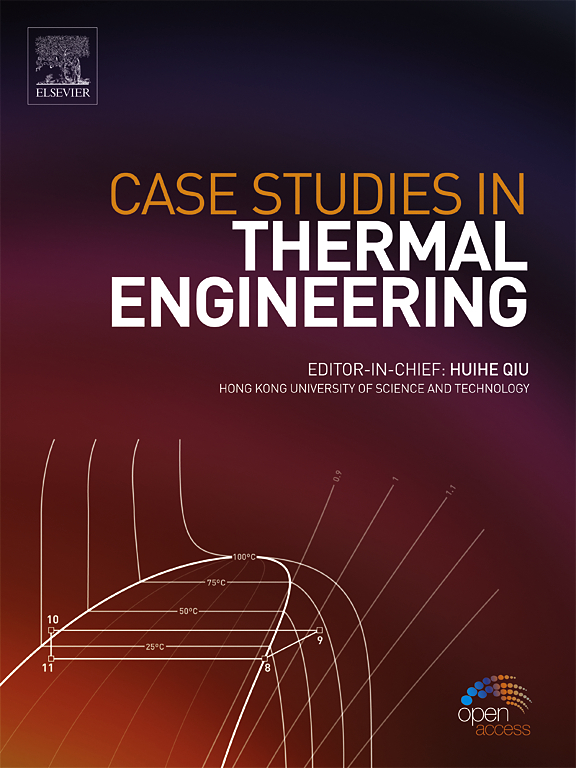先进战斗机环境控制系统和热管理系统的有序度和中心性分析
IF 6.4
2区 工程技术
Q1 THERMODYNAMICS
引用次数: 0
摘要
随着战斗机越来越先进,传统的空气循环系统已无法满足复杂的环境控制要求。为了应对这些挑战,F-22 "猛禽 "等先进战斗机采用了集成热管理系统。这些系统具有复杂的热力学过程,各部件之间的信息传输路径错综复杂,形成了复杂的网络结构。为了揭示此类系统的复杂性,本文采用了热力学和信息论相结合的方法。我们利用结构熵法和中心度算法进行多层次分析,探索这些热力学系统内部的信息传输特征。在系统层面,我们发现环境参数的变化对秩度的影响仅为 1%,而系统自身结构的影响更为明显。在组件层面,在整个系统中,AFT PAO 和燃料回路中的各种组件成为信息传递的关键枢纽。在这些组件中,聚α烯烃/燃料是最重要的,其接近度和中心度分别比其他组件高出至少 11.5 % 和 29.1 %。这项研究从信息论的角度为优化热力学系统结构和布局提供了理论基础。本文章由计算机程序翻译,如有差异,请以英文原文为准。
Order degree and centrality analysis of advanced fighter environmental control system and thermal management system
As fighter aircraft become more advanced, traditional air cycle systems have fallen short of meeting the complex environmental control requirements. Advanced fighters such as the F-22 Raptor have responded to these challenges by adopting integrated thermal management systems. These systems feature complex thermodynamic processes and intricate information transmission pathways among various components, creating a sophisticated network structure. To unravel the complexity of such systems, this paper employs a blend of thermodynamics and information theory. We conduct multi-level analysis using structure entropy method and centrality algorithms to explore the information transmission characteristics within these thermodynamic systems. At the system level, we find that variation in environmental parameters have only a 1 % impact on order degree, whereas the influence from the system's own structure is more pronounced. At the component level, within the whole system, the varies components in AFT PAO and fuel loops emerge as critical hubs for information transmission. Among these components, the PAO/Fuel stands out as the most important, with closeness and betweenness centrality exceeding that of all other components by at least 11.5 % and 29.1 %. This study offers a theoretical foundation for the optimization of thermodynamic system structure and layout, viewed through the lens of information theory.
求助全文
通过发布文献求助,成功后即可免费获取论文全文。
去求助
来源期刊

Case Studies in Thermal Engineering
Chemical Engineering-Fluid Flow and Transfer Processes
CiteScore
8.60
自引率
11.80%
发文量
812
审稿时长
76 days
期刊介绍:
Case Studies in Thermal Engineering provides a forum for the rapid publication of short, structured Case Studies in Thermal Engineering and related Short Communications. It provides an essential compendium of case studies for researchers and practitioners in the field of thermal engineering and others who are interested in aspects of thermal engineering cases that could affect other engineering processes. The journal not only publishes new and novel case studies, but also provides a forum for the publication of high quality descriptions of classic thermal engineering problems. The scope of the journal includes case studies of thermal engineering problems in components, devices and systems using existing experimental and numerical techniques in the areas of mechanical, aerospace, chemical, medical, thermal management for electronics, heat exchangers, regeneration, solar thermal energy, thermal storage, building energy conservation, and power generation. Case studies of thermal problems in other areas will also be considered.
 求助内容:
求助内容: 应助结果提醒方式:
应助结果提醒方式:


